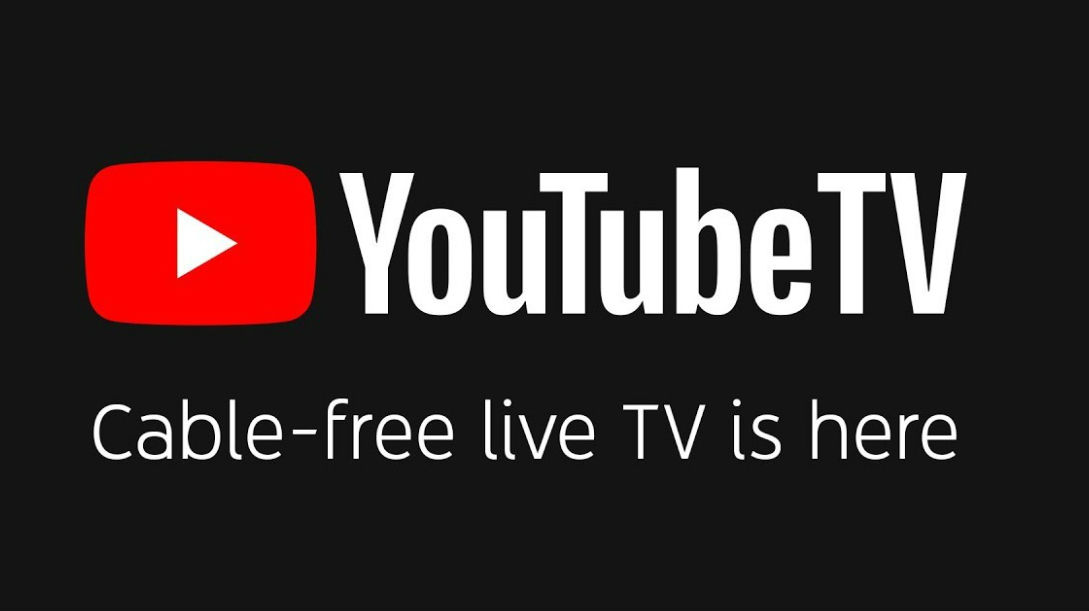YouTube TV Is Losing Money, But Is There a Path to Profit?

Like other virtual MVPDs, YouTube TV is a money-loser.
That’s the bad news. “Even worse, there doesn’t seem to be an obvious path to not losing money,” Bernstein analyst Todd Juenger explained in a Weekend Media Blast analysis on YouTube TV issued Friday. “The financial model doesn’t scale.”
YouTube TV doesn’t break down its financials publicly, but Juenger estimates that YouTube TV is losing about $5 per month per sub, but readily admits that the toughest assumption in making that calculation is the CPM on the product. Given the current, relatively small size of YouTube TV’s sub base, that’s not a material number for a deep-pocketed company like Google and its parent, Alphabet.

Even at 1 million subs, YouTube TV, which is also exposed to annual price inflators from programmers, would lose $60 million per year. “Not even a rounding error for Alphabet,” Juenger noted. “No analyst would even bother modelling it.”
But what if the losses grow to $10 per sub and YouTube TV pulls in 5 million subs. “Now we have a loss of -- $600mm OI. Material yet? How about 10mm subs, now we exceed -$1bn in OI losses. Surely, that would catch investors’ attention.”
With that as the backdrop, it’s clear that YouTube TV’s financial overhang is greater the more successful it becomes from a subscriber basis.
“Google knows this. So what is their plan?” Juenger asks, holding that he doesn’t believe it’s their intention to lose money on every YouTube TV sub indefinitely.
Google hasn’t provided those details, but Juenger speculates on a handful of items – some more disruptive than others -- that could be part its plot to improve the business as it moved further down the road:
1. Google believes consumers will “fall in love with the product,” giving it the green light to eventually raise the price enough to generate a profit. Notably, it already has raised the baseline price of YouTube TV following the recent addition of networks from Turner. But raising prices will be difficult, Juenger said, because of video competition and “reference points” from SVODs such as Netflix and Amazon.
2. Google believes its ad model will prove so superior, they will generate CPMs will in excess of what Bernstein has modeled, and spread across Google’s video inventory in a way that helps put YouTube TV in the black.
3. Google believes their advertising model will prove so superior, TV networks will turn over national inventory for Google to sell. But Juenger says it’s unlikely that networks will cede the rights to any of their premium inventory (or semi-premium or dubiously-premium inventory) to a third party.
RELATED: YouTube Seeks TV Ad-Vantage
4. Google believes they will gain enough subs and importance in the marketplace to push back on TV network price demand, and possibly drop overpriced or unwanted networks. Juenger points that that this one is probably folly, as no MVPD, virtual or otherwise, has been able to pull this off.
5. Google has ambitions to get into the live TV business themselves and try to own the economics. If that’s to happen, Juenger sees it most likely in sports, by Google forming its own "network(s),” and acquiring sports rights. Rights for the NFL, MLB and NHL will be coming up in 2021/2022 timeframe, he points out.
It's unclear what Google has in mind, but Juenger sees YouTube TV taking some of these paths to help the financials of the OTT TV model pay off, or at least pay better.
Multichannel Newsletter
The smarter way to stay on top of the multichannel video marketplace. Sign up below.
